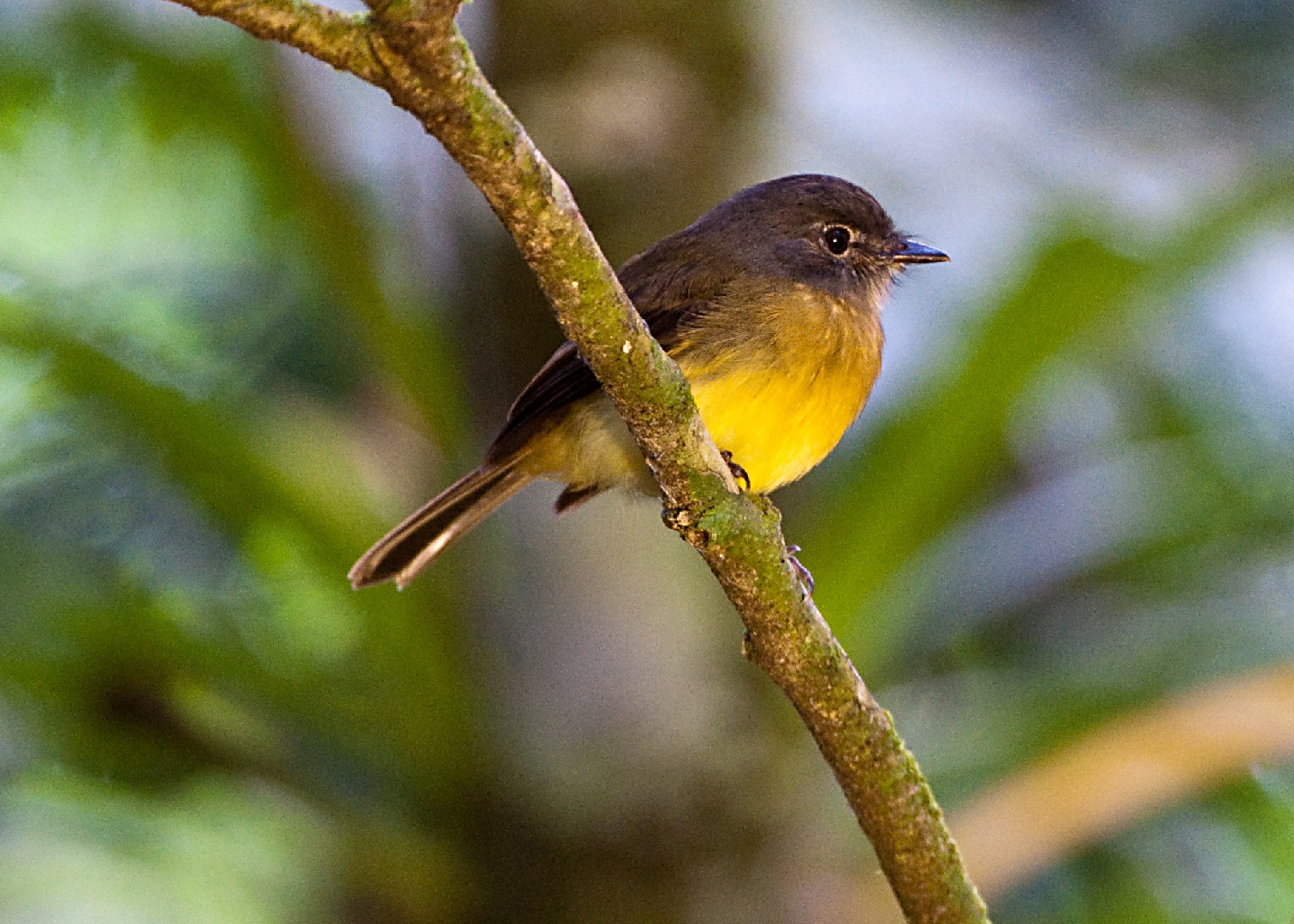Tawny-chested Flycatcher
A species of Black-billed and Tawny-chested Flycatchers Scientific name : Aphanotriccus capitalis Genus : Black-billed and Tawny-chested Flycatchers
Tawny-chested Flycatcher, A species of Black-billed and Tawny-chested Flycatchers
Botanical name: Aphanotriccus capitalis
Genus: Black-billed and Tawny-chested Flycatchers
Content
Description General Info
Description
The tawny-chested flycatcher (Aphanotriccus capitalis) or Salvin's flycatcher, is a small passerine bird in the tyrant flycatcher family. It breeds in Caribbean lowlands and foothills up to 1000 m altitude from eastern Nicaragua to northern Costa Rica, although all Nicaraguan records are historical specimens collected near Lake Nicaragua or its outflow. It is an uncommon inhabitant of mature evergreen forest and tall secondary growth, usually in dense understory vegetation on the woodland edges, along streams, in natural clearings, or in cacao plantations. The nest is built by the female in a natural cavity or a woodpecker hole in a tree or bamboo up to 6 m above the ground. The eggs are undescribed, but tyrant flycatchers typically lay two eggs which are incubated by the female for 15–16 days to hatching, The tawny-chested flycatcher is 12 cm long, weighs 7 g and looks like a colourful Empidonax flycatcher in size and structure . It has a grey head with a white throat and white spectacles. The upperparts are olive-green, and the wings are dusky with two bright ochre wing bars and ochre edging to the secondary feathers. The breast is ochre-orange, becoming bright yellow on the belly. Sexes are similar, but females may have an olive tint to the grey head. The tawny-chested flycatcher is seen alone or in pairs, and follows a regular route seeking insects, especially beetles and ants, picked from the underside of foliage in flight. This species has a rapid chee chee spt’t cheew call. It sometimes fans and closes its tail nervously. Logging, conversion to banana plantations and cattle-ranch expansion have resulted in widespread forest clearance and severe fragmentation, particularly in Costa Rica. This species’ small range and intolerance of forest fragmentation suggest that it is declining, although more research is needed. The crevice nesting habit may aid in the conservation of the species since the introduced Guadua bamboo is widely planted to support banana trees on plantations. 
Size
12 cm
Nest Placement
Tree
Feeding Habits
Tawny-chested Flycatcher primarily consumes insects like beetles, bugs, and ants, employing specialized foraging techniques to hunt down its prey. Its dietary habits reveal a penchant for variety within the arthropod family, marked by unique adaptations for catching and consuming these small creatures.
Habitat
Tawny-chested Flycatcher resides predominantly in dense vegetation near the edges of humid, mature secondary forests, as well as around natural clearings or streams. These birds can also be found in cacao plantations, an example of their adaptability to altered habitats. Their range extends from lowland regions up to foothills, at elevations from sea-level up to around 900 m, and occasionally as high as 1050 m.
Dite type
Insectivorous
General Info
Feeding Habits
Bird food type
Scientific Classification
Phylum
Chordates Class
Birds Order
Perching birds Family
Tyrant flycatchers Species
Tawny-chested Flycatcher 